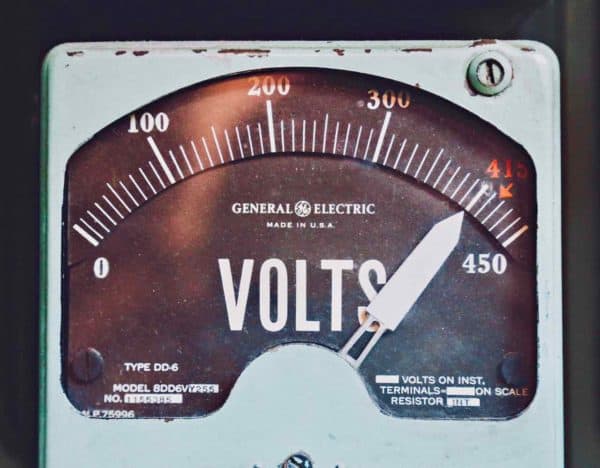 Facebook’s new cryptocurrency “stablecoin” network, Libra, will not use the same energy-consumptive system as Bitcoin, but the coin could still lead to a boom in the creation of standard data centres, a sector that already consumes as much power aviation, The Verge reports.
Facebook’s new cryptocurrency “stablecoin” network, Libra, will not use the same energy-consumptive system as Bitcoin, but the coin could still lead to a boom in the creation of standard data centres, a sector that already consumes as much power aviation, The Verge reports.
This week’s Fintech news cycle has been dominated by Facebook’s announcement of its much-anticipated “cryptocurrency,” Libra, and by surrounding punditry.
Until now, very little has been known about how Facebook would design its coin.
But the release of a technical paper to accompany the Libra white paper (the original link to the technical paper appears to have been removed from the white paper since both were first released), shows that, at the time of the project’s announcement at least, Facebook planned to order the network around a “LibraBFT” consensus protocol:
“At the heart of this new blockchain is a consensus protocol called LibraBFT — the focus of this report — by which blockchain transactions are ordered and finalized. LibraBFT decentralizes trust among a set of validators that participate in the consensus protocol.”
In a “distributed ledger” (DLT) system, all network participants maintain a copy of the ledger and participate in agreeing on what data is recorded to it.
In Bitcoin, this is accomplished via all participating computers engaging in a match to guess a random number set by the protocol (software).
The computer or factory-thereof that guesses the number set by the software wins bitcoins and gets to seal a “block” of data. Network participants or miners also get paid transaction fees for their efforts.
That is all fine and good, except the whole process reportedly consumes as much electricity as Ireland does annually while processing relatively few transactions.
Libra will not use this system (“proof of work”), the technical paper says, but rather another system that may more closely resemble “proof-of-stake”:
“LibraBFT decentralizes trust among a set of validators that participate in the consensus protocol. LibraBFT guarantees consensus on the history of transactions among honest validators and remains safe even if a threshold of participants are Byzantine (i.e., faulty or corrupt [3]). By embracing the classical approach to Byzantine fault tolerance, LibraBFT builds on solid and rigorously proven foundations in distributed computing.”
For the record, Bitcoiners have long argued that proof-of-stake can be cheated by conspiring stakers, and despite almost 6 years of trying, Ethereum has yet to implement the system.
But Libra will not be a “public” coin like Ethereum and Bitcoin aspire to be.
Libra’s likely stakers may be regulated private firms operating in aligned jurisdictions and are probably(?) less likely to engage in malfeasance than random public blockchain participants scattered across the globe.
Still, Facebook does say Libra’s stakers will be “geographically distributed” and that the company hopes the network will “over time…become open and based only on an organization’s holdings of Libra [4].”
Staking in a private network may do away with outsize energy costs for securely producing coins in a public one, but according to The Verge, “data centres (necessarily) draw power, too”:
“In fact, data centers accounted for 2 percent of the total US energy usage in 2014, a 2016 study published by the DOE found. And they’re also responsible for about as many carbon dioxide emissions as the airline industry. But despite those drawbacks, these specially designed warehouses of servers are the rocks on which tech giants like Facebook continue to build and expand their digital empire.”
Currently, writes the outlet, many data centres cool their servers using “vast amounts” of fresh water that they then discard.
But issues like these can be addressed, first by recycling treated water:
“One way to meet the challenge in a water-scarce world is to reuse water as often as possible, says Emilio Tenuta, vice president of sustainability at Ecolab. But water can’t be reused forever in cooling systems. As it gets heated and moves through the pipes, salts and other contaminants — think of scale from hard waterforming in a bathroom — can build up in the machinery, making it less efficient. But by constantly monitoring and treating the water as it goes through a system, companies like Ecolab hope they can recirculate water through cooling systems as often as possible, reducing the amount of water used in data centers overall.”
Like with crypto mining, data centres could be better located, says the outlet, in cool regions and in areas with plenty of educated engineers and renewable power:
“By relying on a nearby hydroelectric dam, wind farm, or nuclear plant instead of coal or natural gas, data centers could dramatically cut their carbon footprint.”


